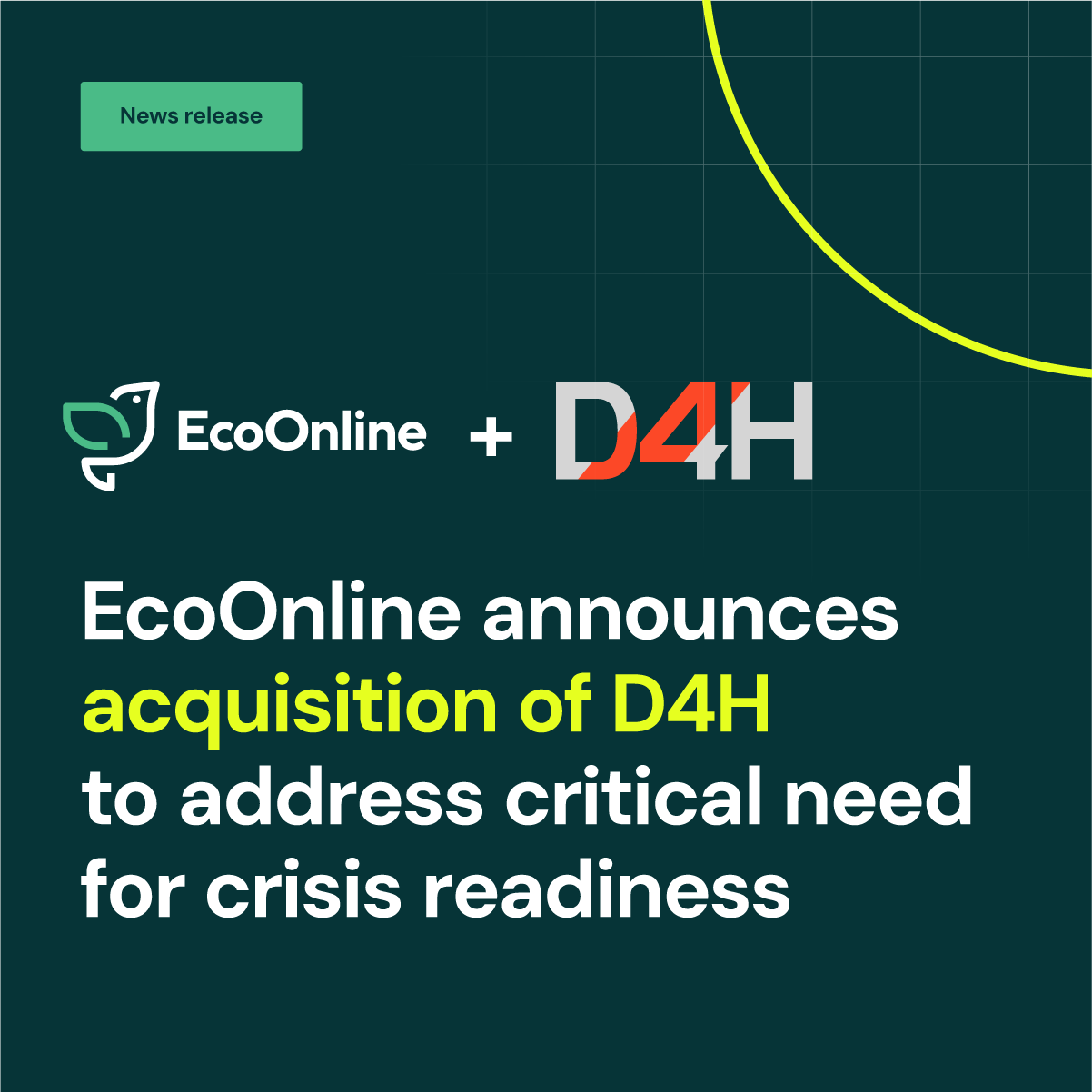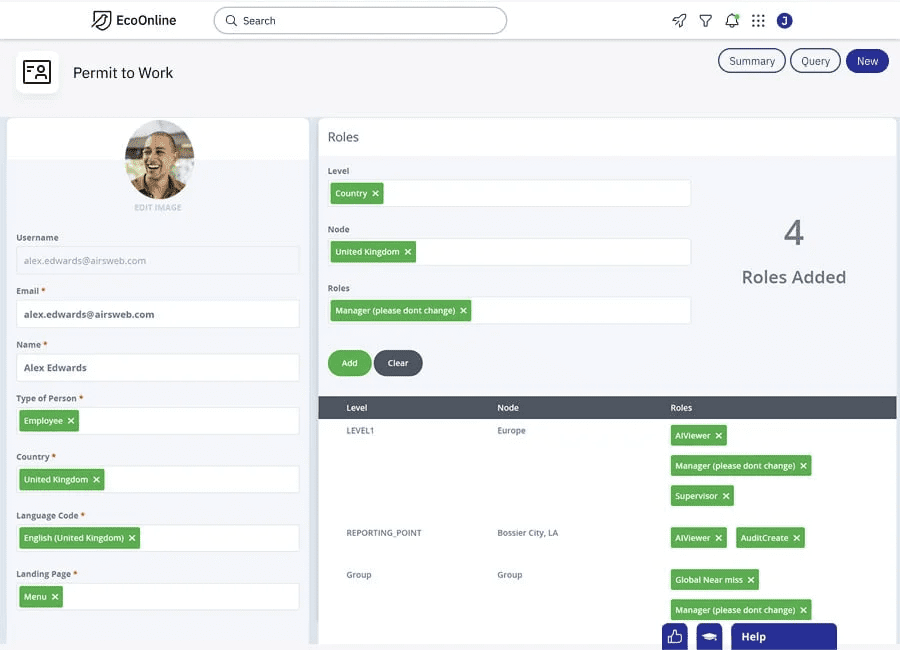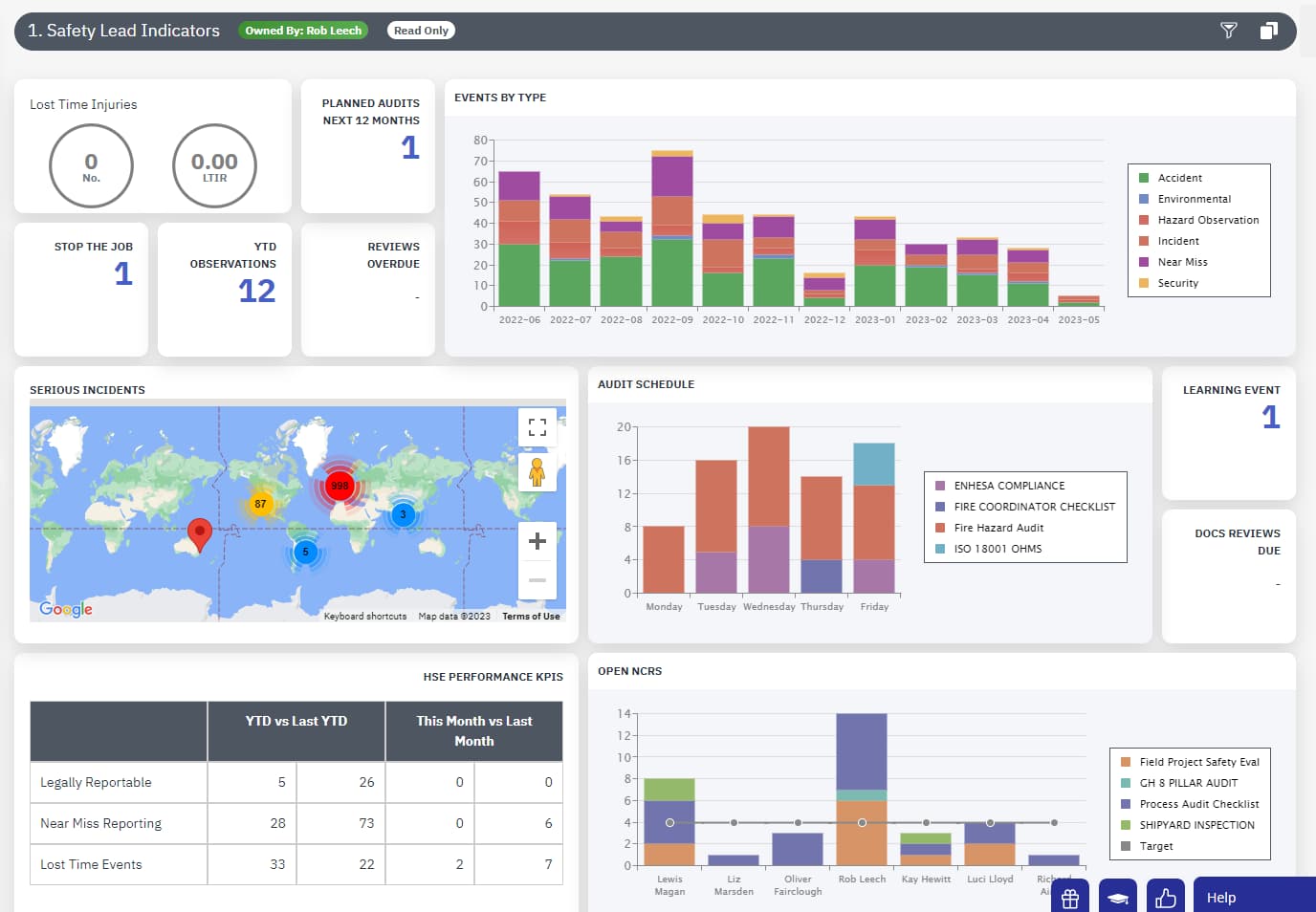Handling unwanted incidents in the aviation industry
A small plane crash in Poland killing 3 people will create headlines in Spain. The same day 5 people die in a car crash in Madrid without any attention from the news.
The extreme media focus on aviation mishaps, the fear of flight, the irrational sense of risk taking when you fly has led to legislative actions and focus on aviation leaders and CEOs for years.
Airlines and pilot academies are required to comply with EASA and FAR regulations on emergency response. This will be audited on a regular basis, and the EASA audit tool for this can be found here. All aviation enterprises must practice a dual reporting structure. In addition to the usual business line organization you must create a side structure that reports directly to the country’s aviation authority. This is a short structure where the top level is an accountable manager (AM), responsible for a financially viable operation, quality and emergency response.
There aren’t hundreds of pages with paragraphs and regulations. At first sight it seems that you need very little to comply with the EASA/FAR regulations. No IT tools, no specialized communications, but you need to create procedures compiled into a complete Emergency Response plan (ERP). But the devil is in the details.
ERP Distribution
Looking deeper into this matter you will find that the ERP must “be developed and distributed”. In aviation the distribution part is often the most demanding part due to the nature of the business. How to ensure that everybody uses an updated plan? A plan that you do not use very often. The reality is that a paper-based distribution is best called an insurance, if the digital plan is unavailable. And even then, it is hard to believe that the paper copy of the ERP is up to date.
ERP Content
The plan should define the procedures, roles, responsibilities and actions of the various organizations/departments and key personnel for all adequate scenarios. You need to have a defined set of roles manned with qualified personnel. And you need procedures covering a set of scenarios that are trained regularly. At least you need procedures for scenarios like Aircraft accident, Serious incident and Incident. Often you see the scenarios broken down to more specific types of scenarios like “Aircraft overdue/missing”, “Next of Kin activation”, “Go team activation”, “Bomb threat” etc. Each scenario having their own set of procedure steps/checklists/tasks. A good plan defines each role with a wide role description including responsibilities and mandate. Remember to empower the leader role with permissions to utilize personnel from various departments and to command costly activities. Emergency situations is not a situation for lean operations.
ERT the Emergency response team
A good start would be to plan for a set of minimum 7 roles: Emergency Response Leader, Emergency Response Assistant, Communications, Human Resources, Operations, Technical and Legal/Finance. Normally these are roles manned with capable persons with other obligations within the organization. They must be scrambled in case of an unwanted incident. In a 24/7 business situation, you need to populate each role with more than 1 person to cover all hours and days in a year.
We have tested alerts with various organizations and on average we find that 37%-42% of the people alerted can abort their ongoing activities and meet in person for a duty with indefinite duty length. If you count in those who can participate remotely, you can increase the number to 50%.
Conclusion: You need at least 2 people per role but optimally you need 3. The team to train will be 15-20 people in total.
Corporate response
The concepts and roles apply to any level of crisis team. If the emergency involves a corporate team response, awareness of the different corporate level crisis management teams and their responsibilities are paramount.
Normally corporate level activities would be Owner communications, Corporate communications, Finance and legal, but often you see that a joint ERT is formed to ensure an efficient response at least in the initial response stages
Alerting the team
Many organizations rely on phone lists. Today, this is perhaps the most obsolete and hampering tool an organization can have. Numerous tests have been done and all conclude that alerts based on phone lists will be broken and will result in a bad response start.
Did you know that there is a 25% difference in shareholder value after one year if a company handles a crisis poorly?
The golden hour is where you define your resulting response effectiveness. If you respond slowly, the media and the social media will drive past you and will drive your response actions. Often in a way and a direction which is not optimal. You need a proper alert tool. Alerting in 3 to 5 channels. SMS alerting is not enough. Push message can be a false insurance. Tests have proven that over 90% will reply to a voice call as a first means of reply action. If you alert the ERT in 4 channels (Voice, SMS, Push, Email) you can expect a full overview of positive answers (those who can attend) within 3 minutes of the alert.
Initiating the response procedures
If you automate the first conference call with the ERT or the primary members of the ERT, you should be able to have an initial situation overview within 30 minutes of the first alert. This normally beats the media, and you will be able to reduce the impact of the media actions by just showing the company’s ability to respond. Not saying that there should be a press response or a situation description ready now, but by simply showing a controlled response already in action will give the impression of an organization confidently working to resolve the situation.
Documentation
Automation of as many tasks and inputs as possible will help you generate a log and a situation awareness that will help both the decision making and the foundation for executive briefs. Do not allow people to use all kinds of communication channels. Remember many channels are insecure and open to keen media. Social media can be a threat or an asset. But becomes an asset only if utilized with skill. Coordination of team communication and the resulting need for logging must be taken seriously from the start. Word and Excel are not proper logging tools.
An organization that has trained its personnel using a proper digital platform for alerting and managing a crisis, has a head start and a much better chance for success.
It is not the fact that you have risk in your operation but how you handle the situation!











